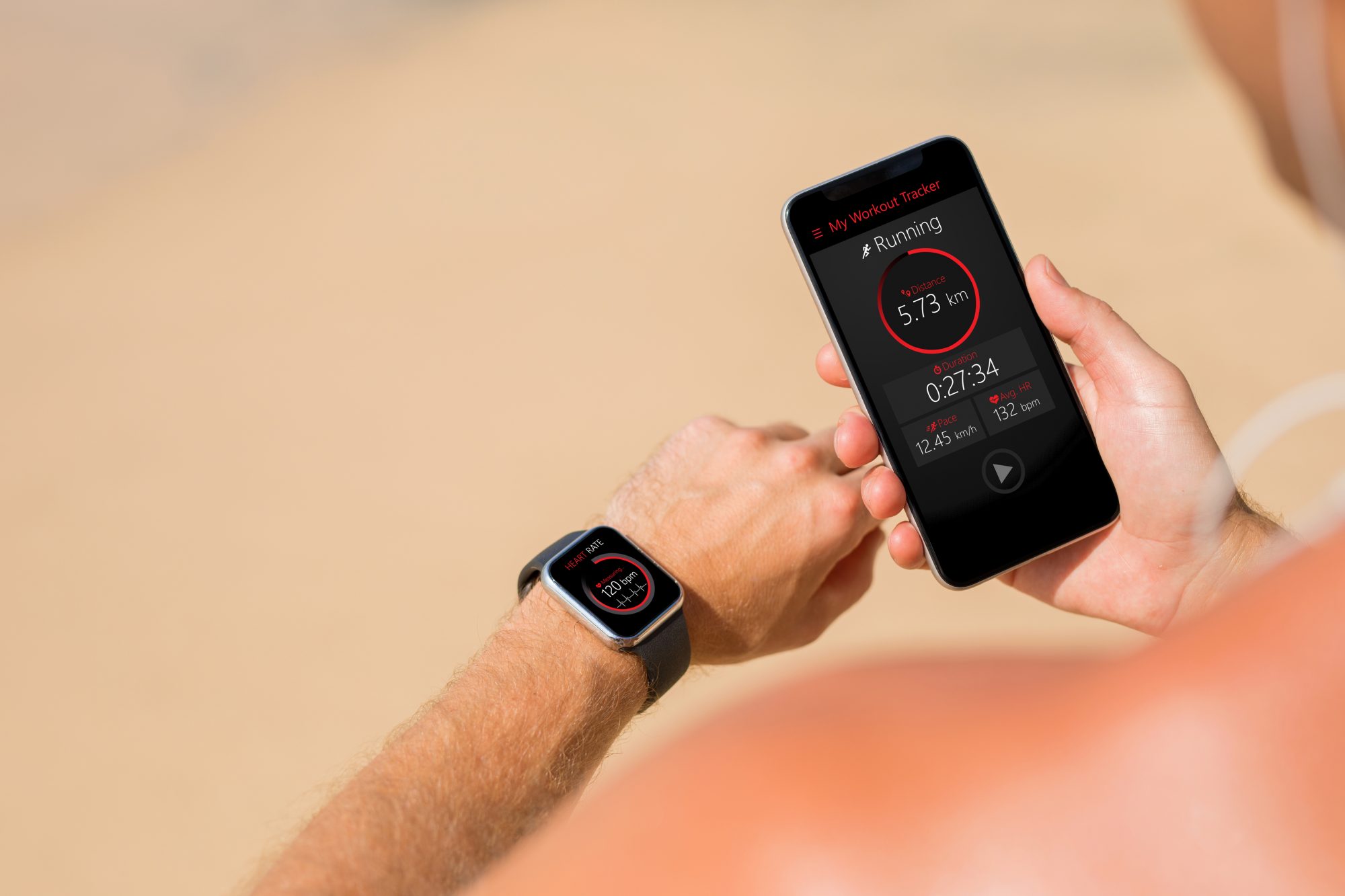
You’ve completed 14,000 – well done! But does that actually mean anything? The buzz on your wrist, the on-screen fireworks – we all love hitting our steps target for the day. But what does that figure really indicate, if anything?
By itself, 14k steps is just a number – like knowing your heartrate is 71 – or even a harmless distraction. We’ve all heard stories about how the arbitrary 10k steps a day figure came into being as a marketing ploy. Many would discount the data that comes back from wearables and fitness trackers as pointless information. However, our daily steps count is also an everyday reflection of the fact that the amount of health data available to us has exploded over the last few years.
In fact, far from being a useless number, good application of healthcare analytics has the potential to reduce costs of treatment, predict outbreaks of epidemics, avoid preventable diseases, and improve the quality of life in general.
The steps count becomes valuable when this data can be mapped and analyzed against your medical records, analyzing how the steps helped you burn a specific number of calories, change your lifestyle and how increasing those steps will help you maintain your ideal weight.
It becomes even more valuable when you link it with other data sources – there are a multitude – and analyze them as a data set. Has the person been able to maintain or reduce a long-term condition by increasing their movement, for example? Is this sustainable for them?
Imagine if we could have a “single person view”, bringing together all the information in one place; analyzing and spotting trends and predicting future issues. So much of the data that we can make use of to monitor our health and care actually already exists. It’s already being tracked and analyzed – just not in a centralized format or system and not always for the reasons you think.
In fact, the majority of the data created about you doesn’t sit with you or under your control. Combining different data points doesn’t have to be a sophisticated process – take the 14k step count – if you’re also consuming 5,000 calories a day, you’d need to be doing many more steps. If we could join up those two data points alone, that would be powerful.
These are the first steps for creating plans for people and ones that are sustainable.
In the past, most patients were satisfied with undergoing a physical once a year and only checking in with their doctors when something went wrong. But in the digital age, patients are focusing on prevention and maintenance and demanding information about their health more frequently.
As a result, healthcare companies are being proactive by investing in wearable technology devices that can provide up-to-date monitoring of high-risk patients to determine the likelihood of a major health event.
Words in this Article
hit target - v. to achieve a goal
indiciate - v. to be a sign of; show; evidence
arbitrary - adj. random, no reason or pattern
ploy - n. a strategy to gain the advantage
analyze - v. to examine critically and carefully
sustainable - adj. able to be maintained or kept going
sophisticated – adj. complex or intricate
Comprehension Quiz
What is the main idea of this article?
How are patients in digital age different than before?
What are the benefits of having ‘single person view?’